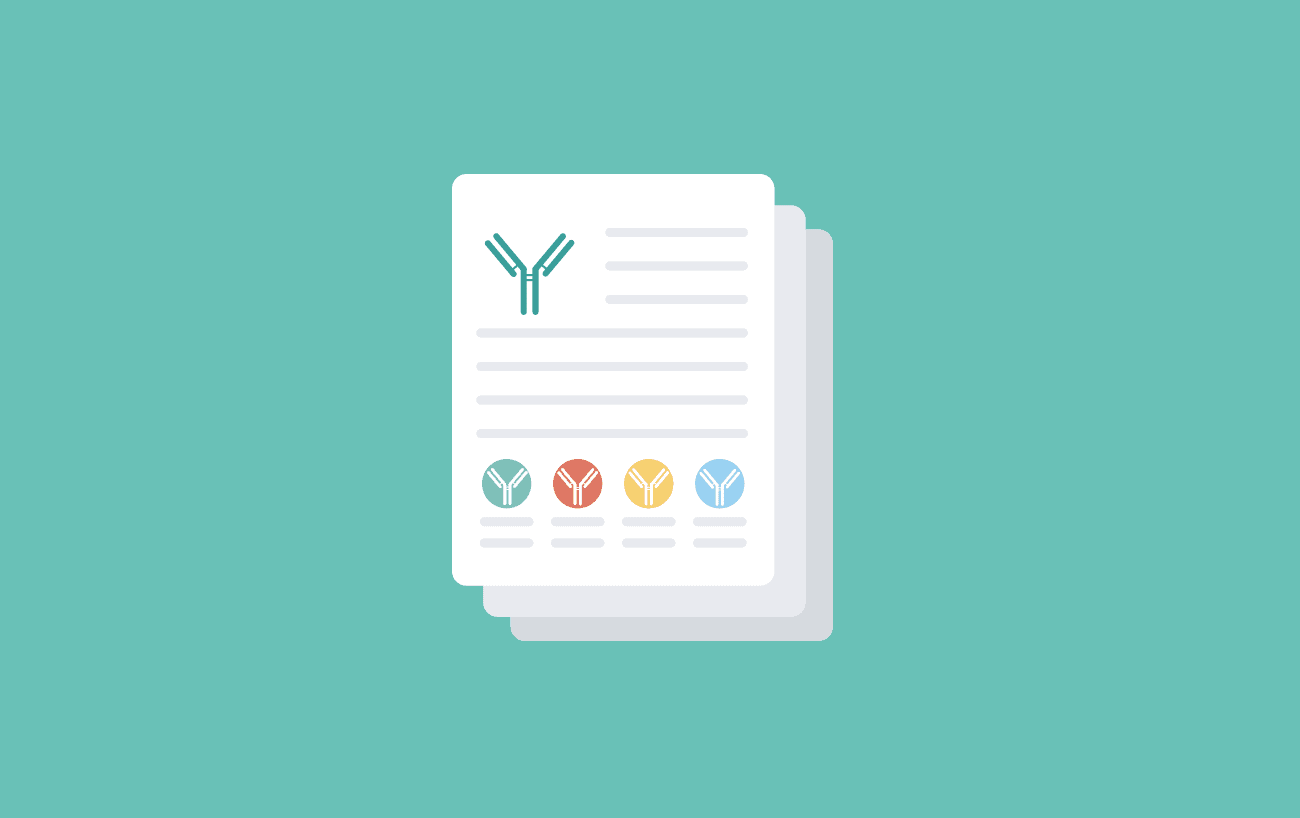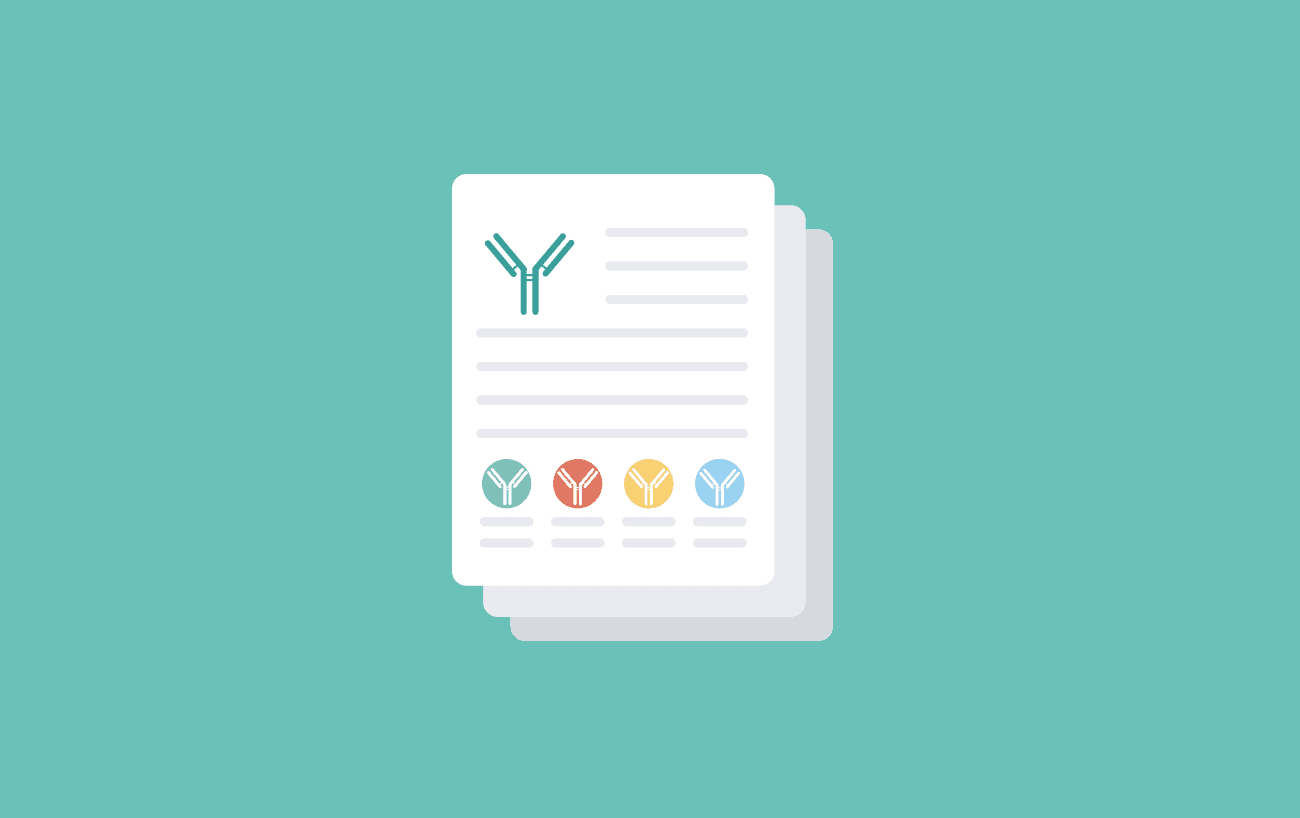- Tissue engineering
- Gene editing & sequencing
- Development of vaccines
- Antibodies and their alternatives
- Digitization & automation
- Faster time-to-market for drug discovery
- Collaboration and partnerships within the Biotech industry
Introduction
As we are entering 2022, we realised that the biotechnology industry has been advancing and growing rapidly. The industry has also become increasingly vital in our daily lives especially during the COVID-19 pandemic. The impact of COVID-19 has further pushed the industry to rapid innovation and optimisation. Since the start of the pandemic, companies from all around the world have shifted their focus to rapid testing kits, vaccines, and repurposed drugs. To maximise outcomes and efficiency, they have also adopted trends such as artificial intelligence (AI), automation and data analytics. Outside of COVID-19, there is also considerable growth in different areas such as tissue engineering, gene editing and sequencing.
Biotechnology has always been part of our daily lives, whether it is in health, medicine, or agriculture. As of September 2021, the global biotechnology market is valued at 752.8 billion (3). This article will be highlighting the different sections that are growing and trending in 2021. Understanding these growths and trends in Biotechnology will allow companies to make an informed decision and capitalise on the different potentials of the industry. Due to its limitation, it cannot be comprehensive and only gives a glimpse of the huge innovations around the world.
Tissue engineering
Tissue engineering is gaining popularity in recent years. The developments in bioprinting and microfluidics now allow the formation of autologous tissue grafts for organ transplantation, treating burns, and regenerative medicine. Previously, tissue engineering was only limited to biomedical applications, currently, some companies have also started to engineer tissues as a sustainable alternative to animal products such as meat and leather. However, this area is still in development, and it needs to first reach a larger scale for the products to be competitive in price with animal-based products (1).
The use of 4D printing for the creation of self-healing substances for tissue engineering has also been gaining momentum. Previously, tissue engineering techniques only involve stable structures built from polymers. While this was a big advancement, this technique has its limitations and challenges as they are static in nature. The researchers at the University of Chicago Illinois created a new 4D material based on gelatine-like hydrogel that could change shape in reaction to water, is cell-compatible and recyclable. This hydrogel can incorporate a high cell density construct to better imitate the rearrangement of native tissues.
This creates new opportunities for tissue engineering and is a huge innovation in bioengineering. Furthermore, the research group has also identified that the system allows control of the time and degree of the shape alteration. To prove this, the study was able to implant bone marrow stem cells in a very high-density hydrogel without impairing them (4).
Gene editing & sequencing
Gene editing has come so far from random insertion/deletion of foreign DNA, to making precise edits and allowing the addition, silencing and replacement of a specific gene. This was possible by the different technologies developed over the years. Engineered nucleases, CRISPR, acting as molecular scissors has opened many applications in gene therapy for the treatment of many conditions including genetic disorders. Currently, the technique CRISPR-Cas9 has already created successful therapies for diseases including cancer, heart diseases, and Duchene Muscular Dystrophy. Furthermore, gene editing has also allowed the development of improved transgenic plants and animals.
On top of that, the fall in the cost of DNA sequencing by 5 orders of magnitude since the early 2000s, has also pushed the genetic engineering industry forward. The reduced cost of sequencing the whole genome, now allows a more personalised treatment and a rapid and inexpensive method to detect pathogens from clinical samples to soil microbes.
Overall, with the advances in genomics, there will be a rise in utilising genetic information in the diagnosis, prognosis, and treatment of illnesses and disorders. Many studies and experiments could focus on the area of inherited disease to potentially prevent the onset of the condition. More diseases’ origins and causes are also expected to be discovered and studied in the following years (4). As a result of breakthroughs in this field, we would also expect an increase in the development of personalised medicine, where drugs are designed to match the genetic characteristic of individual patients, making them more effective with fewer side effects (5).
Development of vaccines
As we are aware, in the case of a pandemic, it is vital to formulate a long-term strategy to control the spread of virus. With the help of biotechnology, many researchers and scientists were able to develop a way to reduce the spread by the development of vaccines. The journey for a COVID-19 vaccine has also pushed the scientific community to think of new ways of developing vaccines in general. Previously, traditional vaccines were based on similar science and technology. Currently, a number of companies have developed vaccines using different methodology.
Organisations around the world pool resources to fund research in understanding vaccines. A major contribution in the development of COVID-19 vaccines is by Dr Katalin Karikó who demonstrated that altering nucleosides, makes mRNA safe for use in vaccines. Owing to her discoveries on stabilising the impact of altering nucleosides in mRNA, companies such as Pfizer and Moderna are now able to construct an mRNA vaccine for COVID-19 (6). This was made possible by decades of previous research on how cells can translate mRNA into proteins that can elicit an immune response.
As previous research helped today’s development, it is no surprise that these research and development processes behind the vaccines would also provide valuable information to create more effective vaccines in the future (7). Furthermore, many synthetic biologists have also discovered a new approach to increase the manufacturing yields of protein-based vaccination. In the future, this could perhaps increase access to life-saving medications (6).
Antibodies and their alternatives
Monoclonal antibodies are used to restore, enhance, or imitate an immune system response. They have a variety of therapeutic functions from identifying cancer cells to delivering radiation to targeted areas. Because of their many uses, they are often studied, modified and substituted in many ways. Currently, antibodies can be used as Antibody-Drug Conjugates (ADCs). ADCs are made from a drug that is attached to an antibody. Since the antibody is specific to the antigen, the antibody will deliver the drug to a specific location in the cell to kill infected or diseased cells while sparing healthy cells. This combination of antibodies and drugs have the potential to improve the way a clinician manages conditions that were previously lacking effective treatment (7).
There has also been a growing interest in antibody alternatives. This is because the standard monoclonal antibodies have not always been generated successfully or prove robust enough to use. The method also has several drawbacks as they are produced from animals. An alternative to antibodies that have become popular recently are Molecular Imprinted Polymers (MIPs). MIPs are not only better for the detection of smaller molecules but are also associated with lower production costs, higher stability, and reusability. Companies such as MIP Diagnostics produce MIPS for use in biosensors and other in vitro diagnostic applications.
Digitisation and automation
The evolution and transformation of the digital aspect in the health industry have been around for centuries. In 2022, there will also be a further increase in the digitalisation aspect of biotech through online diagnosis, prognosis, and treatment of patients globally. Some general physicians can now even prescribe medicine through virtual clinics with an online database (4).
Biomanufacturing and its sub-sector are one of the first biotech industries to embrace automation and digitalisation. This is not just about reducing paper, but also allowing robust and scalable quality processes by reducing the potential of human error (5).
According to StartUs Insights, Artificial Intelligence (AI) is one of the leaders within biotech trends in 2021 (2). AI allows many Biotech companies to automate a variety of processes, helping them scale up their operation. Some companies also utilise AI to speed up the drug discovery process and screen biomarkers that can be used for the development of drugs and diagnostics. In addition, technology such as image classification algorithm now allows quick detection of different characteristics and can differentiate cancer cells from medical scans, while deep learning can be used to analyse screen phenotypes, microbiomes and to develop rapid diagnostic. As technology continues to advance, the industry has even turned to the Food and Drug Administration (FDA) for guidance on using AI for medical devices.
Other than AI, robotic technology has also played a huge role in reducing manufacturing downtime and product wastage. From a quality standpoint, automation has reduced human interventions that are associated with high contamination risk and variability. As a result, this reduces manufacturing problems and minimise cost (5).
Faster time to market for drug discovery
Experiments involving new technologies such as algorithms, machine learning, artificial intelligence and big data are reducing the time and cost of developing new drugs. All the research and development cycles, including data management, clinical trial, and testing are all technologically oriented and more and more firms are collaborating with ‘health-tech- partners and tech brands in discovering and developing novel products (5).
Furthermore, there is also an improvement in the approval timeline for several drugs. Previously, critical medication was held for a long time due to a long approval process from the FDA. Owing to technological advancements, government regulatory boards have also increased their drug testing speed. They can also now perform better trials for candidate patients. An example of this is the Real-Time Oncology Review (RTOR) pilot project that aims to speed up the approval of drugs that are related to cancer treatments (4).
Collaboration and partnership
Biotechnology research has continued to expand and evolve over the last decade. Its collaborative nature implies that discoveries are dependent on both past and present findings.
To illustrate this, in 2021, Pfizer collaborated with BioNTech to develop an mRNA vaccine against COVID-19. The knowledge used to develop this vaccine is based on decades of mRNA vaccines research. Furthermore, in 2019, four lab giants, Arzeda, Twist Bioscience, Labcyte, and TeselaGen set up a partnership to create their own assembly platform for DNA to reduce the need to harvest or mine DNA supplies as they can now construct them from their laboratories.
Biotech companies coming together to share ideas and contribute to their area of expertise push the life science industry further. In 2022, biotechnology firms are also expected to continue to collaborate and partner up for further discoveries and developments.
Concluding remarks
The Biotechnology industry is essential in improving lives, promoting people’s welfare, stabilising the economy as well as providing alternatives to the production of materials. The above mentioned are the anticipated trends in the biotech industry as more funding and interest is granted. The trends outlined in this article only scratch the surface and among others, personalised medicine, data management, and biomanufacturing are also expected to rise.
References
1. Richards, Robbie. MassChallenge. 5 Biotechnology Trends and Innovations to Watch in 2022. [Online] 16 September 2021. [Cited: 2 December 2021.] https://masschallenge.org/article/trends-in-biotechnology.
2. StartUs insights. Research blog. Top 10 BioTech Industry Trends & Innovations in 2021. [Online] 2021. [Cited: 1 December 2021.] https://www.startus-insights.com/innovators-guide/top-10-biotech-industry-trends-innovations-in-2021/.
3. Corless, Victoria. ADVANCED SCIENCE NEWS. Shape-shifting 4D materials provide new opportunity for tissue engineering. [Online] 1 March 2021. [Cited: 2 December 2021.] https://www.advancedsciencenews.com/shape-shifting-4d-materials-provide-new-opportunity-for-tissue-engineering/.
4. LINCHPIN, TEAM. linchpinseo. Trends Shaping The Biotechnology Industry Outlook For 2022. [Online] 10 October 2021. [Cited: 6 December 2021.] https://linchpinseo.com/trends-biotechnology-industry/#biotech-industry-stats-and-growth-projections-in-2022.
5. Staff. District. Top 5 Trends to Watch Out for in the Biotech Industry in 2021. [Online] 5 March 2021. [Cited: 5 December 2021.] https://www.biotechdistrict.com/post/top-5-trends-to-watch-out-for-in-the-biotech-industry-in-2021.
6. McMillen, Daniel. ExploreBiotech. 10 Biotechnology Breakthroughs in 2021. [Online] 2016 June 2021. [Cited: 2 December 2021.] https://explorebiotech.com/biotechnology-breakthroughs-2021/.
7. Carleton, Samantha Costanzo. Northeastern University. Emerging Biotechnology Trends for 2021. [Online] 14 July 2020. [Cited: 6 December 2021.] https://www.northeastern.edu/graduate/blog/biotechnology-trends/.



